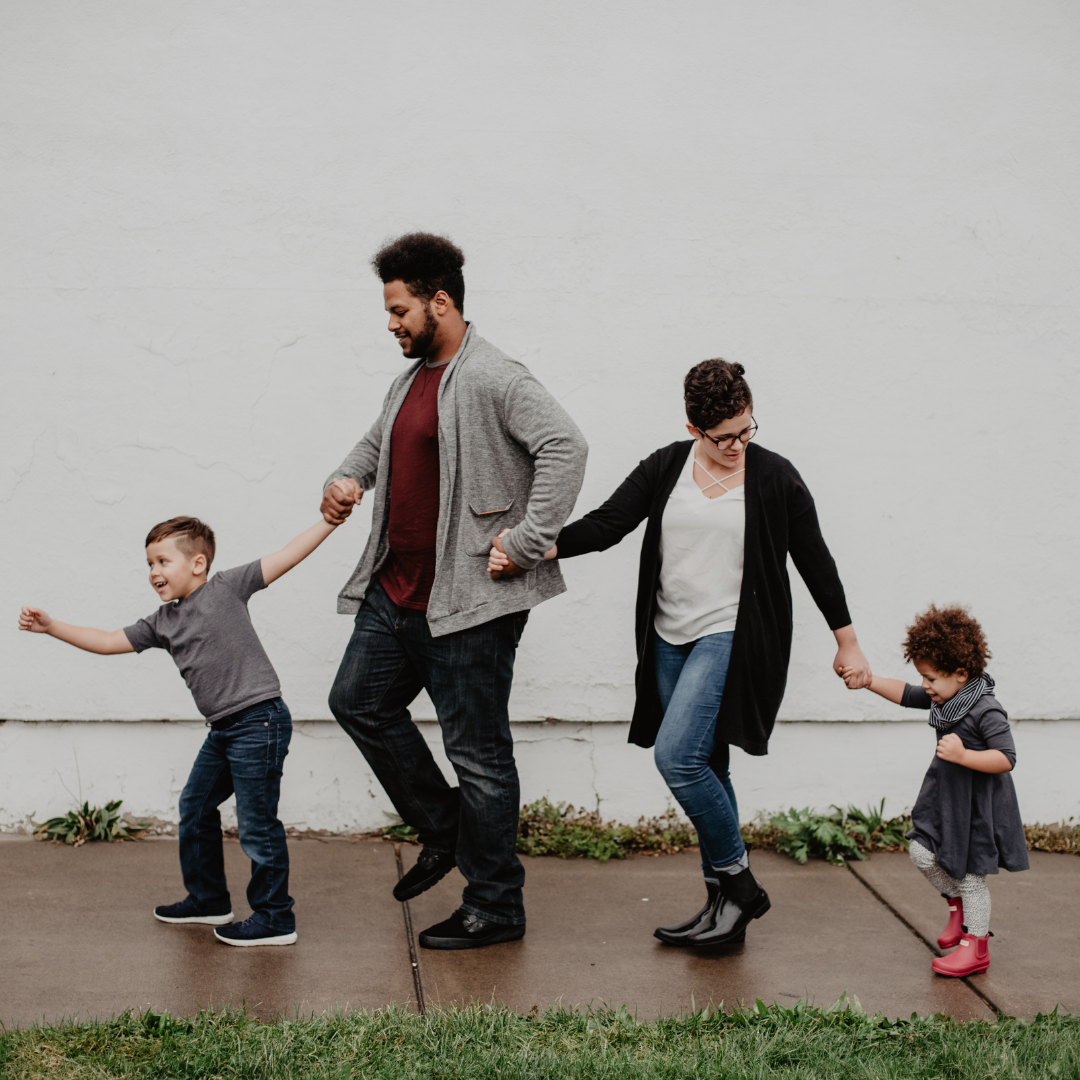
Bond
Seeks to support the bonds within the family.
![]()
Head
I mentioned above our youngest son’s physical nature. He is not only in near-constant motion but seems fueled by physical contact with other members of the family. He strengthens his bonds with the rest of us in a very up-front and personal sort of way. I also mentioned my own personal work to receive his bonding methods, even when they push my comfort levels based on my own preferences. Well, we also have conversations with him to help him learn how to understand what works to bond members of the family from the perspective of the other members of our little clan.
While his heart might be in need of physical input, there is a need for him to learn to watch and listen for the responses of others so that he can recognize how they are receiving what he is offering. This is a part of the maturing process necessary as kids grow up and begin to fully understand how we bond with other members of the family. This is where the verbal nature of our oldest son may come in handy, but that assumes that his verbal skills are matched with a mature self-awareness of his own needs.
As our children grow and develop, the amount and kind of affection shown along with their own “wiring” (how they receive in order to bond) change and evolve. As noted above our hearts get used to a particular form of bonding. We then need to work with our children to be able to articulate how they understand their bond with one another. This does not have to be particularly sophisticated, especially early on. The goal is to learn to put words to how they are feeling. This ability to reflect back on how they receive from one another helps each member of the family to be able to learn from one another how their actions strengthen or weaken the connections and bonds that hold the family together.
This may take many conversations as you learn alongside your child. These will be conversations of discovery for both of you. As you test out ways to articulate how both you and your child understand their own bonding with other members of the family. This exploration itself can be a point of bonding as well, as you discover together a clearer understanding of one another. When we are better able to understand one another, we are more likely to be able to not only communicate with greater clarity but grow closer and more bonded with one another as we understand better both ourselves and the other members of the family.
Further, this learning builds trust, which in turn further bonds members of the family. When we are able, and especially when our children are able to trust that what they say and do will be received as they intend it to be, either by their own growing understanding of how to tailor their messages to other members of the family or by those members of the family being able to receive those messages with a better understanding of the way in which their family members communicates, this initial trust fuels the development and growth of additional trust and further strengthens family bonds.


